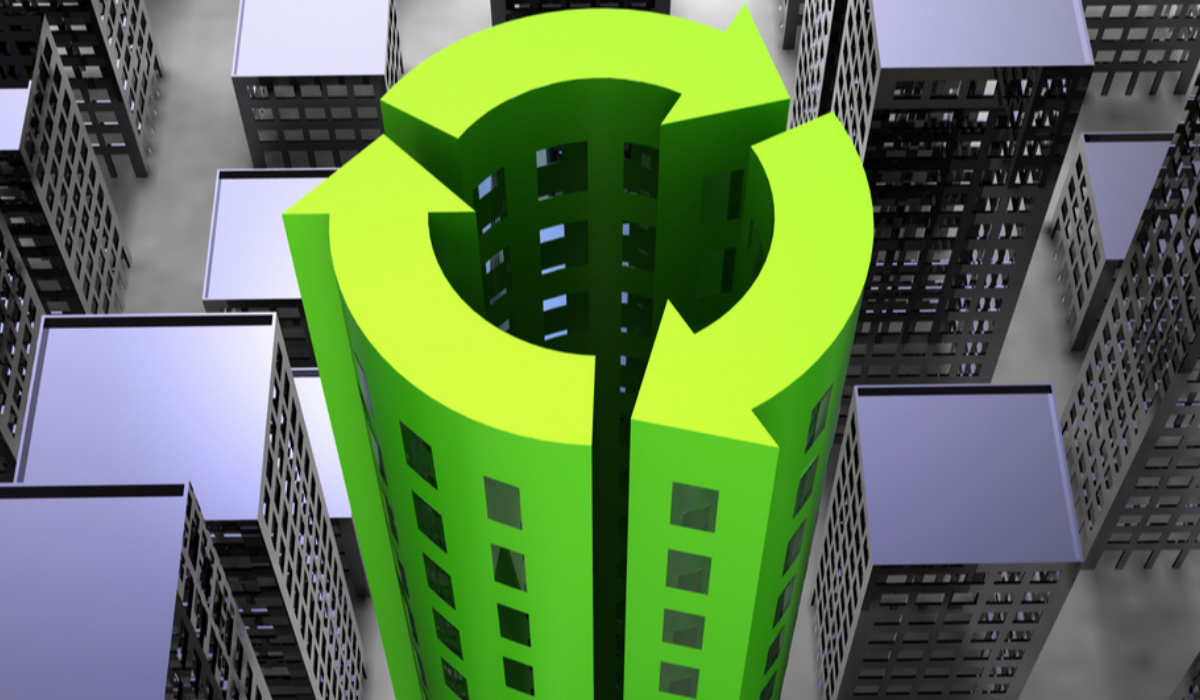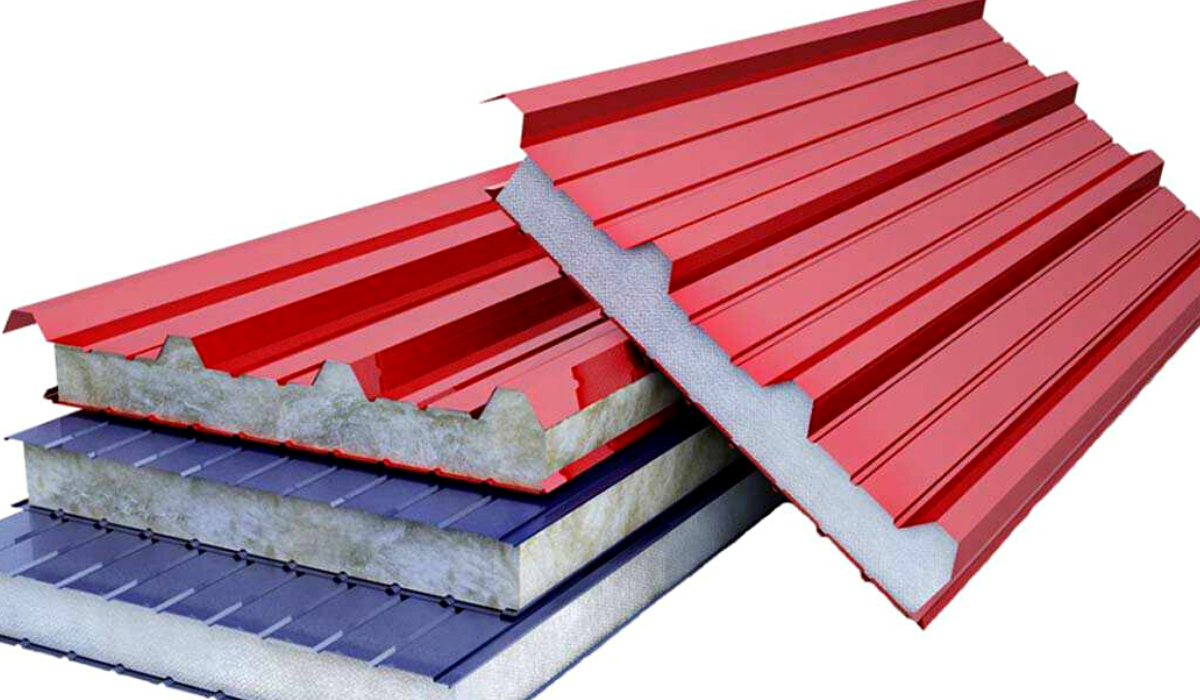Environmental problems and economic effects caused by the increase in energy consumption necessitated the development of suggestions for more efficient use of energy with the 20th century. A large proportion of the total energy consumed is used for heating, cooling, ventilation and lighting requirements to ensure user comfort in buildings. In order to prevent the negative effects of CO2 emissions in European countries, the target of 20 percent reduction for 2020 has been determined as 50 percent for 2050. For this reason, increasing energy efficiency in buildings, which have a significant share in energy consumption is among the goals of many countries. In order to take advantage of the energy saving potential in the building sector, definitions of high energy performance buildings have emerged with the Recast Energy Performance in Buildings (2010/31/EU recast) published by the European Commission.
About one third of the total energy consumption is consumed in buildings, and 24 percent of the total carbon dioxide released into the world atmosphere as a result of this consumption is due to energy consumption in buildings all over the world. Increasing energy efficiency in residences, shopping malls, hospitals, school and service buildings, reducing the use of fossil fuels and focusing on renewable energy sources can contribute to the problem of energy used in buildings.
The Solution Is To Produce Net Zero Energy Buildings
Net Zero Energy Buildings are buildings that produce energy using renewable energy sources at least as much as they consume throughout the year. Solar, soil and wind energy are used as renewable energy sources. But how to make a Zero Energy Building?
- Making a thermal insulation in accordance with TS-825
- Using glass with heat and sun control coating in windows
- Absorbation the building’s heating and cooling needs with a ground source heat pump
- Absorbation the electricity consumption of the building with solar cells
- Providing hot water for domestic consumption with solar collectors
- Constructing the south wall as a FDM Trombe wall
- Using FDM gypsum boards as interior wall and ceiling covering material
- Using hybrid lighting
Encapsulated FDM is an important material in the construction of zero energy buildings. FDM is usually encapsulated in a polymer-based capsule. Thus, while the FDM melts inside the capsule, it does not leak out. After all, the capsule is always dry. Paraffin is generally used as FDM. It absorbs or gives off a large amount of heat during phase change. The phase change temperature range is narrow enough.
High Energy Performance Net Zero Energy Buildings (nZEB) Vs. Near Zero Energy Buildings (nnZEB)
Although it is talked about a lot, the concept of Net Zero Energy Building (nZEB) and Near Zero Energy Building (nnZEB) is not fully defined and filled in. Net Zero Energy means that the building does not consume 0.0 kWh/m2year of primary energy (fossil-based energy); Nearly Zero Energy means that the building has a primary. energy consumption of approximately 0.0 kWh/m2year. Let’s take a closer look at the meanings of these concepts:
Net Zero Energy Building (nZEB): It is a building that uses low primary energy and can make its annual energy balance zero by selling some of the renewable energy produced. In other words, there is no primary energy consumption as a net balance sheet here.
Energy Performance Standard of Buildings (EN 15316-1; 2007): It is a standard that defines all energy losses and gains of buildings.
Provided Energy (EN 15603; 2008): It defines the amount of energy such as gas and electricity entering the building from the system boundaries. This energy is used for the building’s heating, cooling, ventilation, domestic hot water, lighting and appliances. This energy may also be produced from a renewable energy source in the building.
Energy Sold (EN 15603; 2008): It refers to the energy produced inside the building and given out.
Net Provided Energy (EN 15603; 2008): It is the energy remaining after the energy sold is subtracted from the supplied energy.
Primary Energy: It is energy obtained from non-renewable (fossil) or renewable sources.
CO2 Emission Coefficient (EN 15603; 2008): It is the coefficient used to calculate the CO2 emissions originating from the primary energy consumed by the building and varies according to the fuel type.
System Boundary: Boundaries that include energy activity. For example, the living area of the building. It shows the system boundary and net energy input for the nearly zero energy building.
With the developed energy efficient design criteria and high efficiency building standards, the energy consumption of buildings can be reduced to very low levels. Energy efficient building types developed and widespread in line with these goals; “Green Building”, “Zero Energy Building”, “Passive House”, “Plus-Energy Building” are applications called.
The concept of Green Building includes elements related to the layout of the building, water management, indoor air quality, material use and energy, and targets healthy, comfortable, robust, energy efficient and environmentally friendly buildings. In order to ensure sustainability by protecting the resources, the use of daylight, thermal efficiency, solar energy applications, the use of water-saving installations, rain harvesting and the choice of landscape suitable for the region are important parameters in the design.
Source: Semih ÇALAPKULU/santiye.com.tr





